
They Power the U.S. Economy, But Will Struggle to Afford Health Care
Health insurance costs will skyrocket for millions of Americans if certain tax credits expire. Small business owners and the self-employed will be hit especially hard.
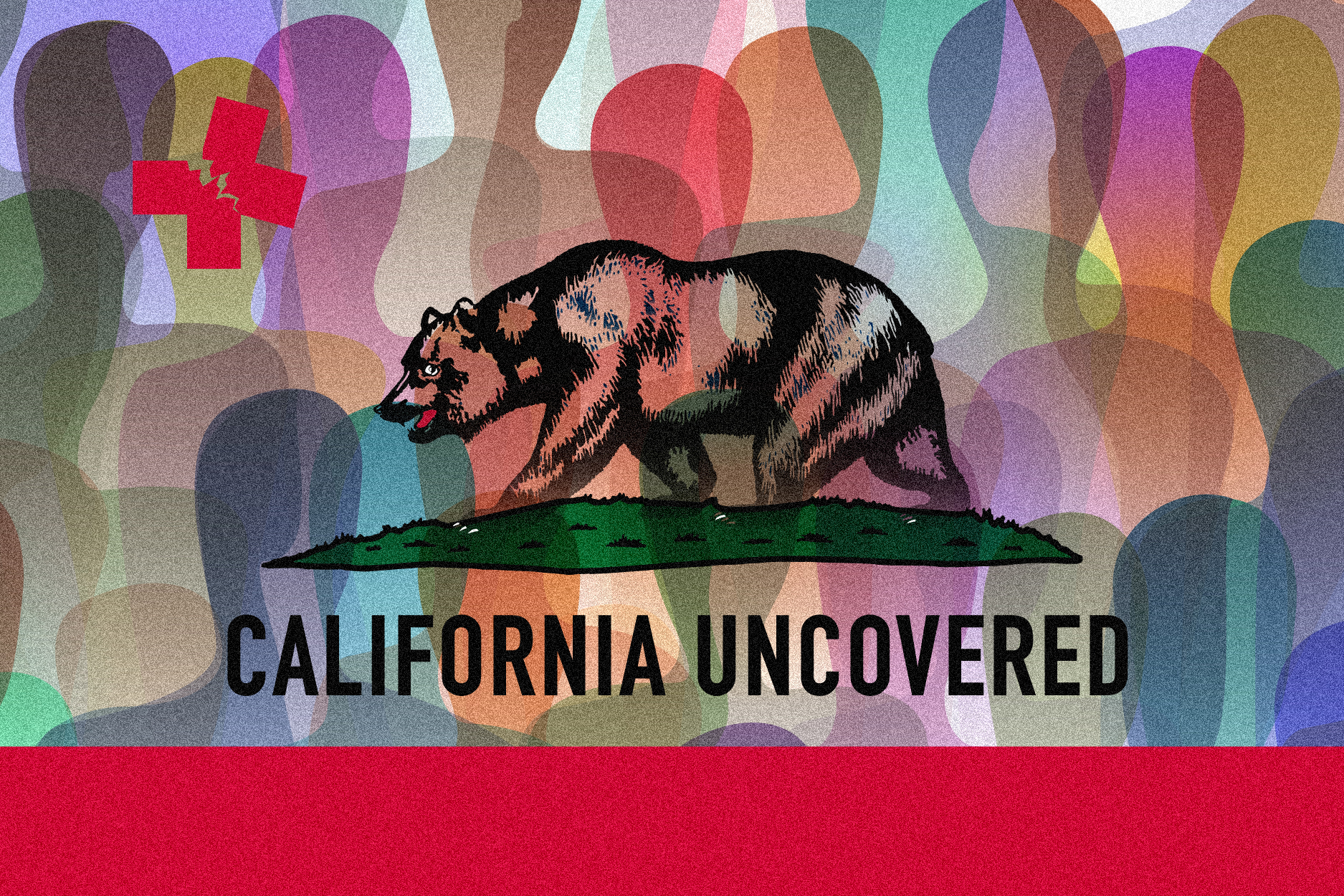

Health insurance costs will skyrocket for millions of Americans if certain tax credits expire. Small business owners and the self-employed will be hit especially hard.
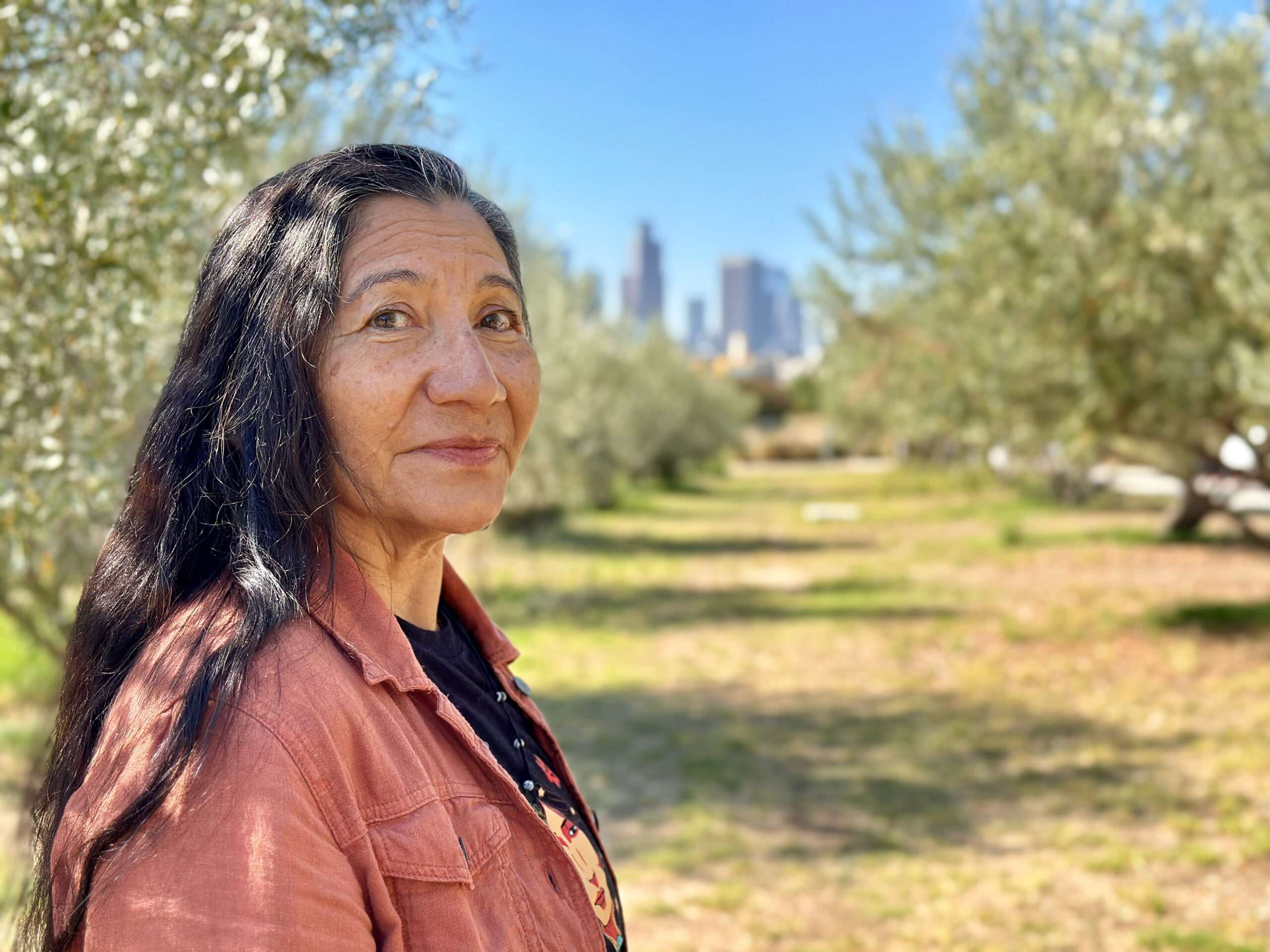
A refugee and immigrant advocate reflects on how to cope with the ICE raids in Los Angeles. Amid the trauma, she says, there is also reason for hope.
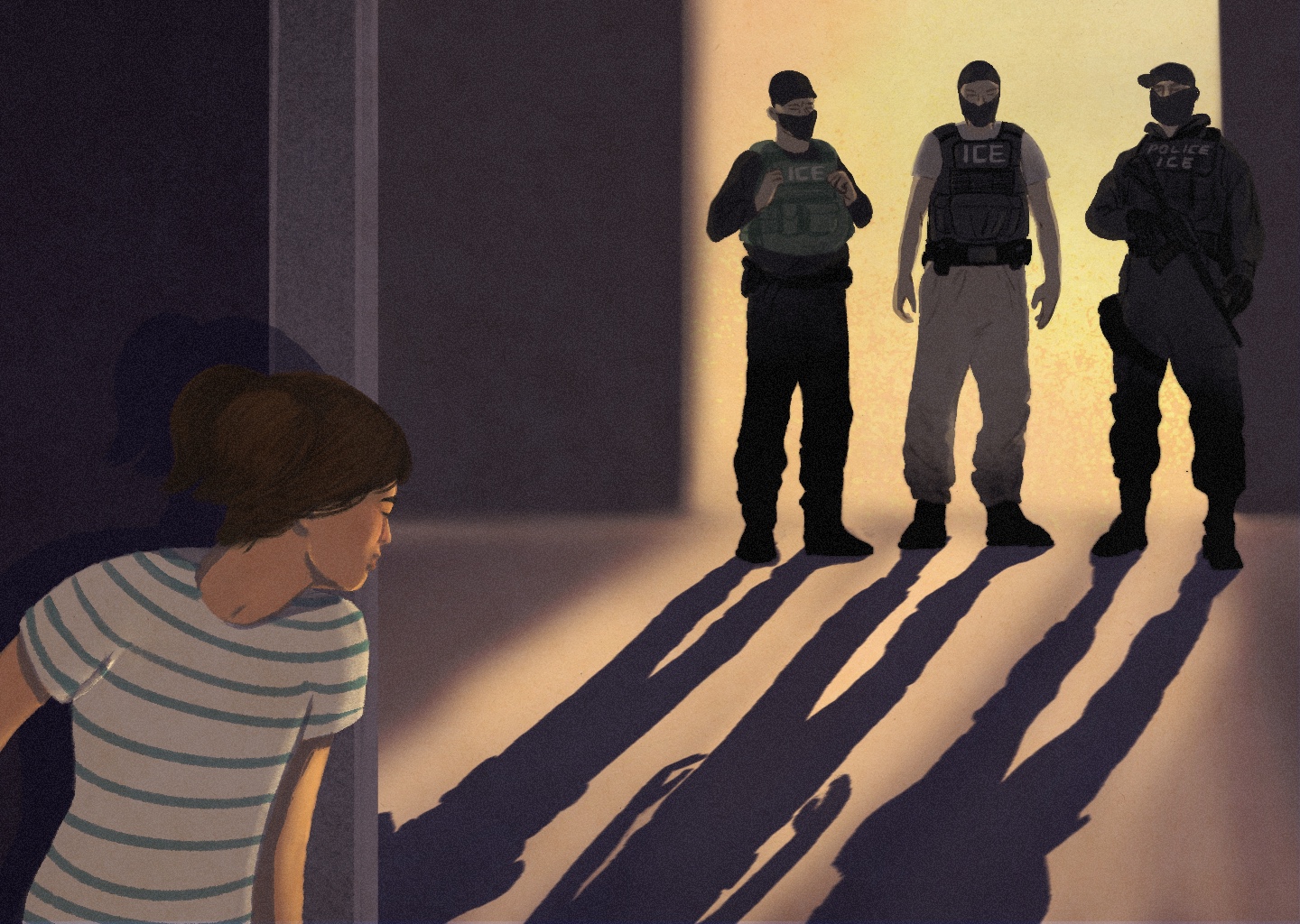
In my daughter’s nightmares, a window into how children are processing Trump’s immigration raids. Such expressions of fear are normal, mental health professionals say.
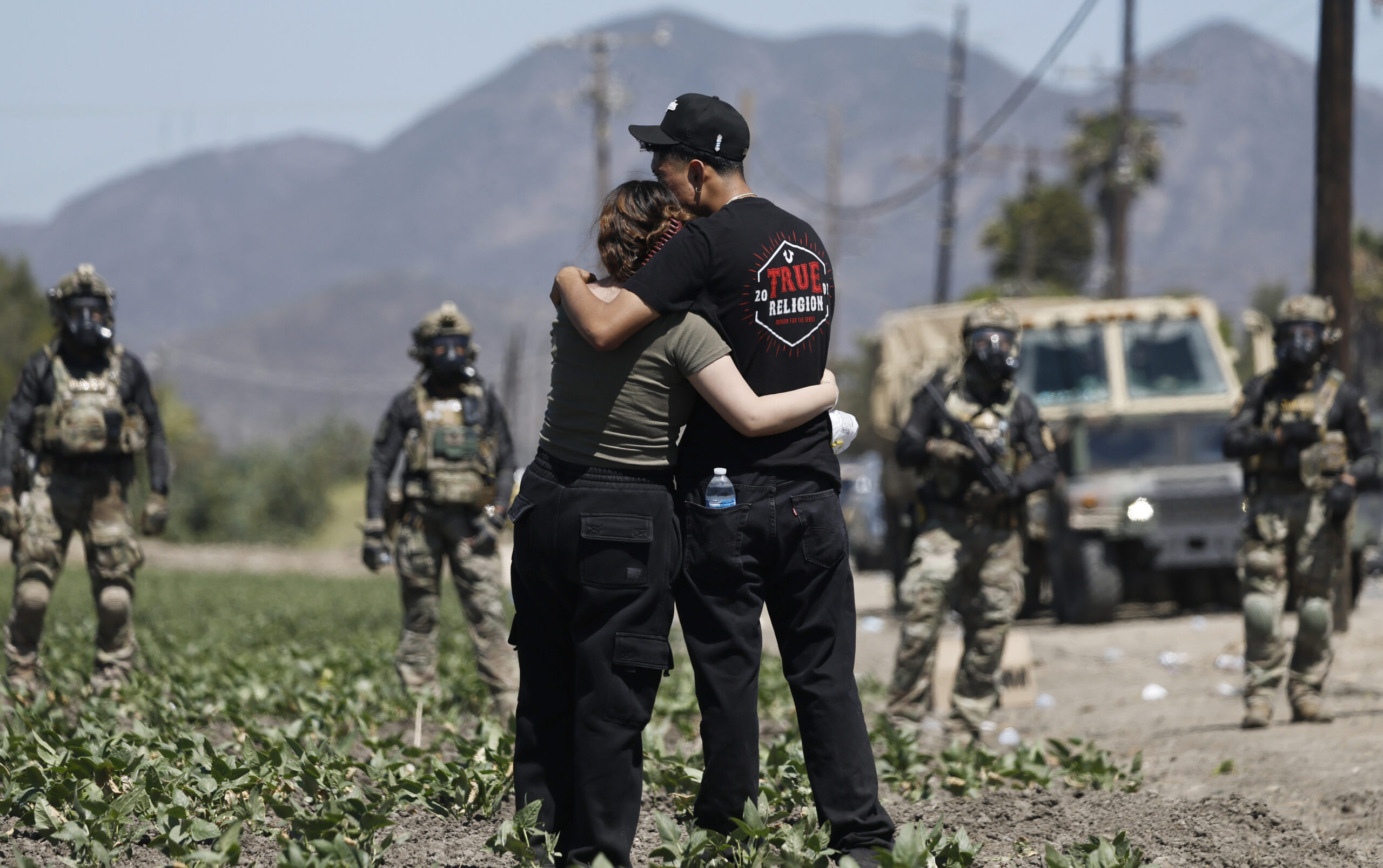
Therapists describe greater stress, anxiety, anger and fear among Latino patients in Los Angeles since immigration raids intensified in June.
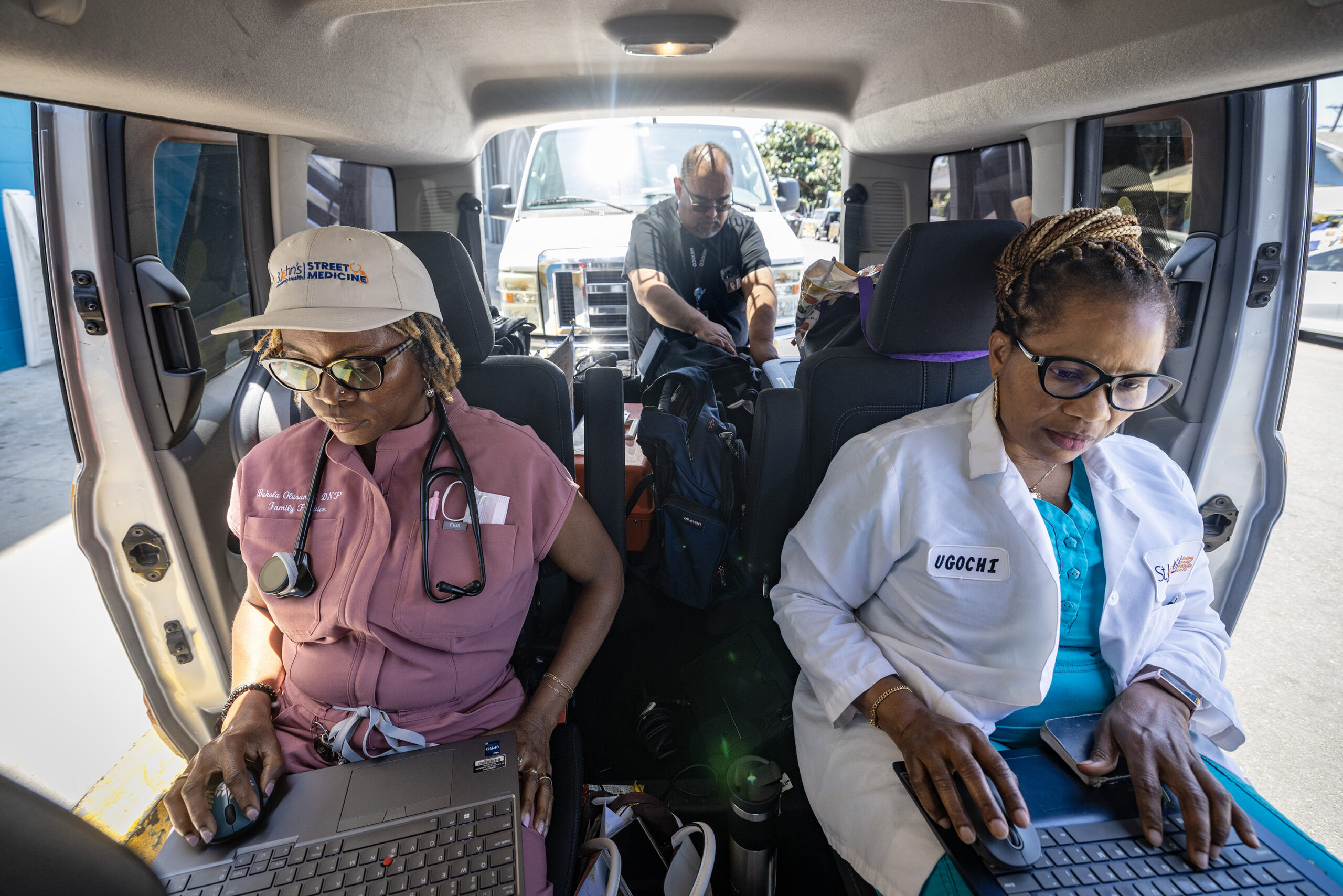
Immigration raid fears have some undocumented patients avoiding medical care. One L.A. clinic is responding by sending mobile health teams directly to their homes.

Gov. Gavin Newsom agreed to changes to Medi-Cal that will make treatment for migrants more expensive — and less common, raising a question: Why?
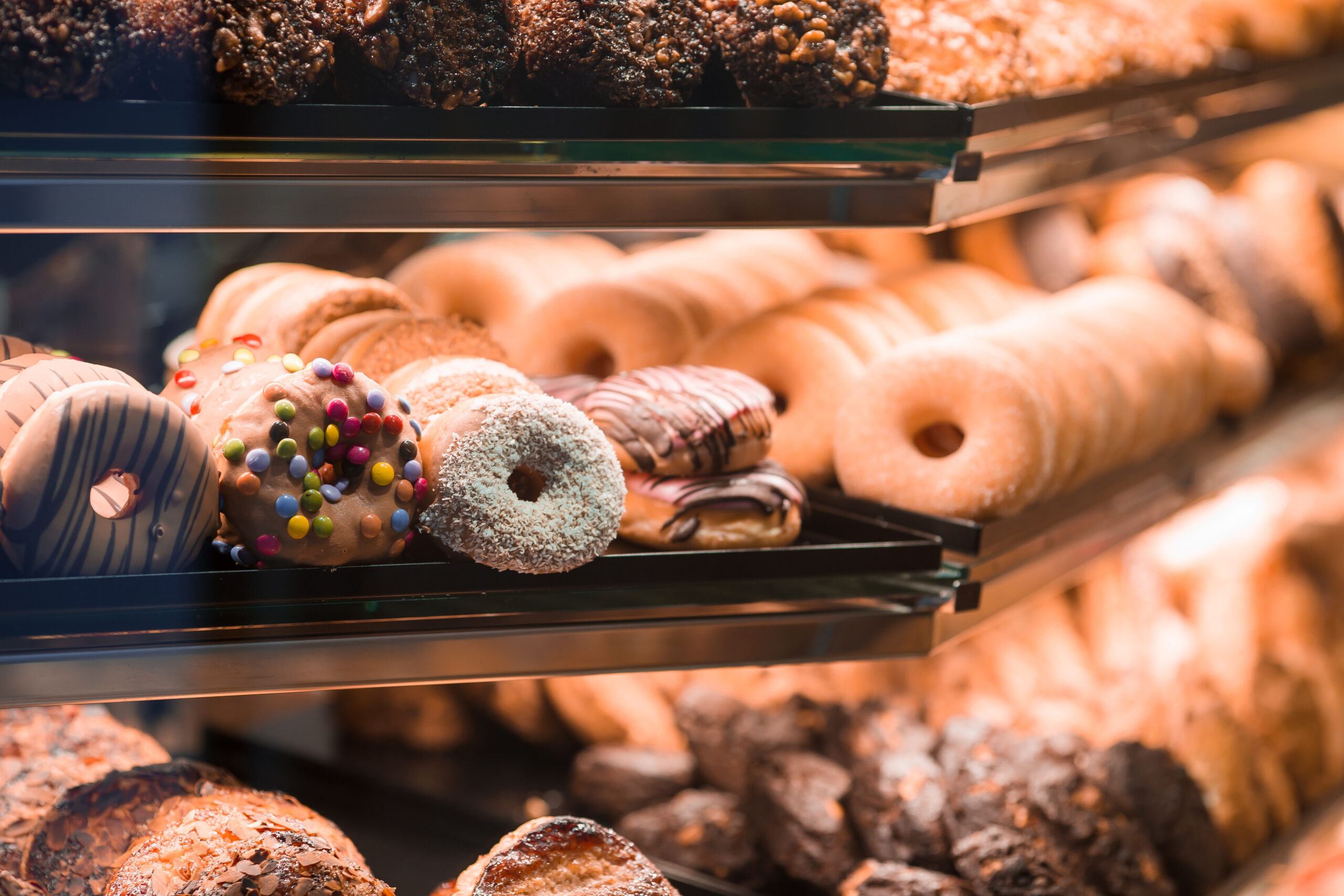
Advocates worry that soft drinks, candy and other ultra-processed foods bought with government funds via EBT cards may be in his sights.
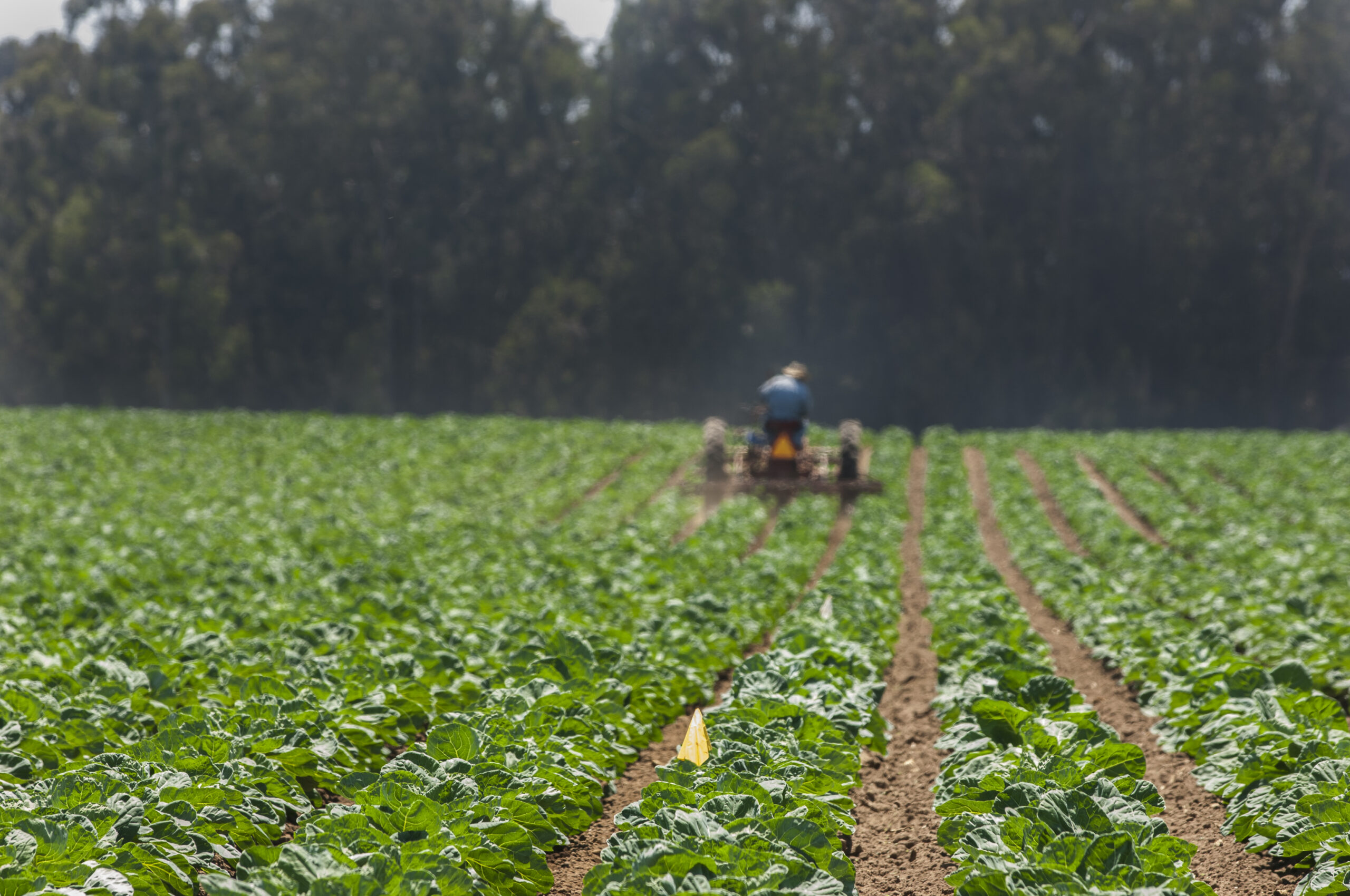
Hmong farmers who feed California’s hungry now face the end of federal support under President Trump.
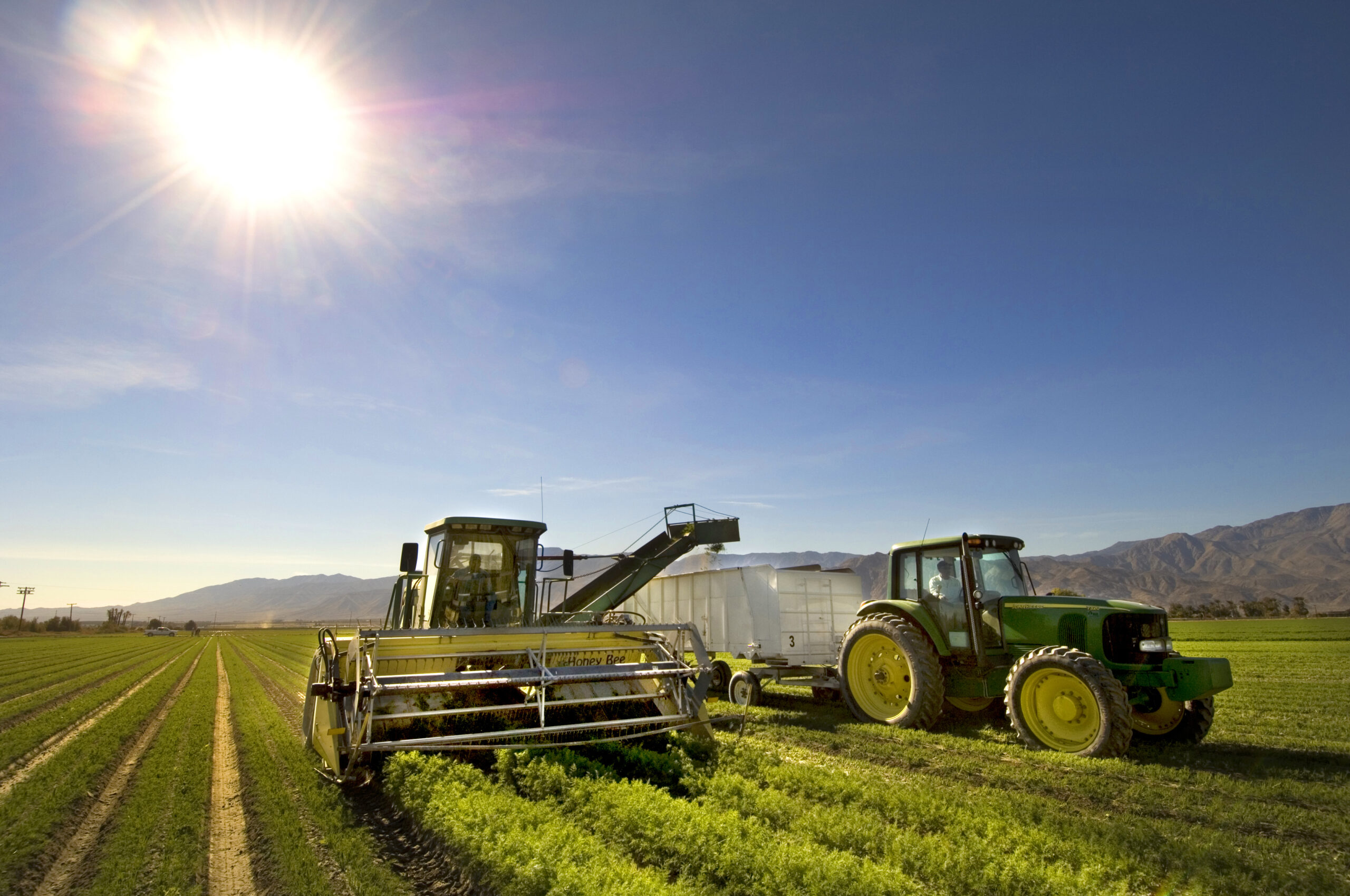
When the U.S. government chopped $1 billion from USDA programs nationally, a group of farmers in the Central Valley fought back.

The Hood Half Marathon through the streets of historically Black Los Angeles taught me important lessons about fear, anxiety and fellowship.

From a small station in Los Angeles’ Boyle Heights, 18-year-old Kennia Camacho talks with teens about anxiety, stress and depression. We should listen.

In areas like California’s rural Shasta County, school campuses may be the most effective places to care for children’s mental health needs, and such care will now be covered by insurance.
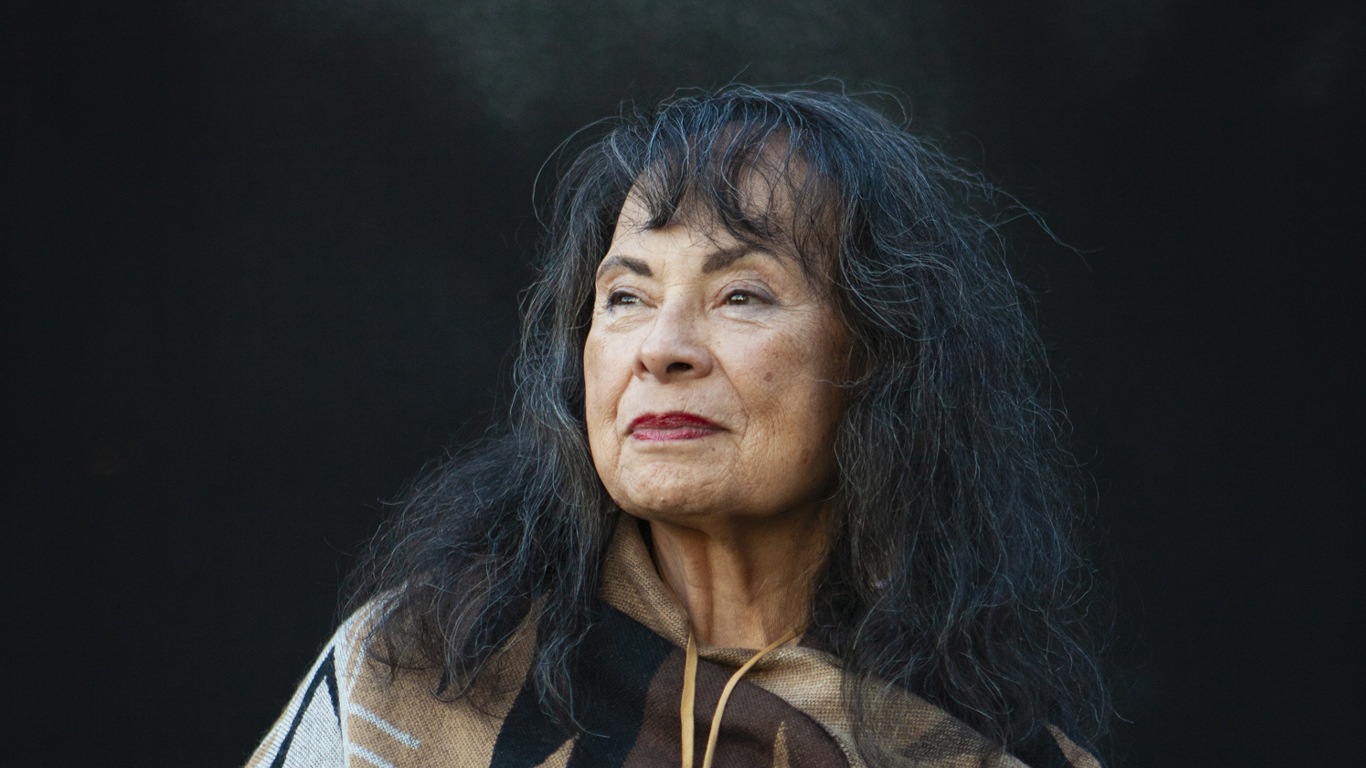
Gloria Arellanes became famous for her Brown Beret portrait, but she also led a free clinic. In East Los Angeles, a new generation is working to improve diets to prevent chronic illnesses.

South Los Angeles pastor is demanding better for herself and others with dementia.

In the Lincoln Heights neighborhood of Los Angeles, classes at a community art center help to prevent and manage Parkinson’s and other age-related illnesses.

For many young people, peer support can be the first step to accessing effective mental health care.

Painting a mural charting the native origins of chocolate teaches teens how excess sugar and food additives drive health problems in their community.

Los Angeles program helps patients navigate the complexity of early Alzheimer’s and dementia care.

Summer meal program for food insecure students was initially cut under Gov. Gavin Newsom’s budget proposal.

Group cooking and exercise classes help low-income Californians treat chronic conditions.

South Los Angeles churches invite doctors, researchers and government representatives to bring help to those who need it.

The Legislature and governor will need to act this year if the state is to continue providing food as medicine for low-income residents.

The fresh food rebate pilot program delivered on its promises, but politicians won’t pledge to put it in the budget.

South L.A. churches craft dementia-friendly services aimed at providing solace to a community disproportionately affected by the disease.

Advocates say outreach is needed to ensure deportation fears do not stop immigrants from applying.

More than 74,000 people eat healthier through the CalFresh pilot program.
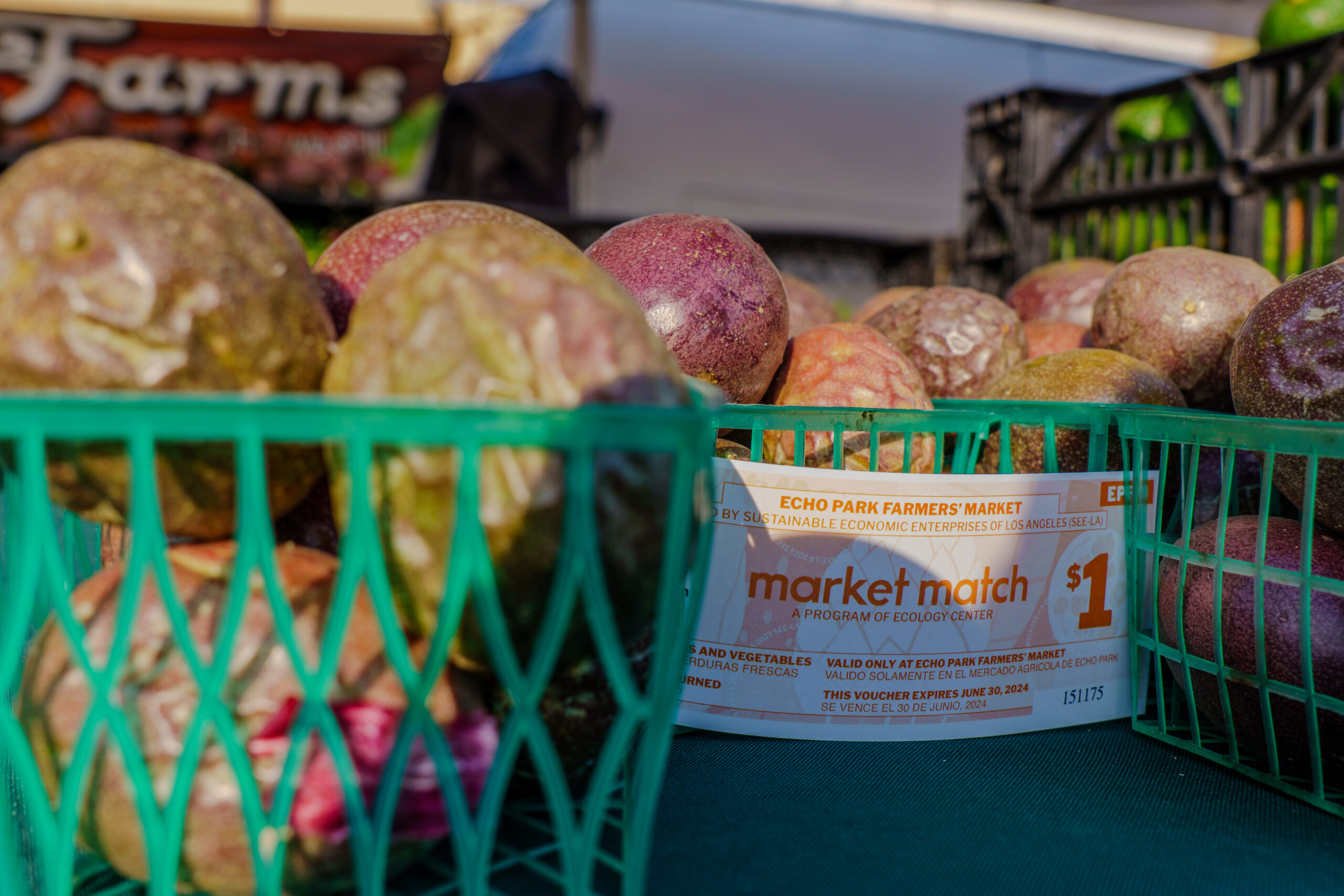
The state has matched fruit and vegetable purchases at farmers markets for low-income residents for seven years. That may soon end.

El Sereno residents used grants and their own money to open a store selling healthy foods at affordable prices.

Running Mamis creates a safe space to run — away from road hazards, harassment and the strains of postpartum depression.
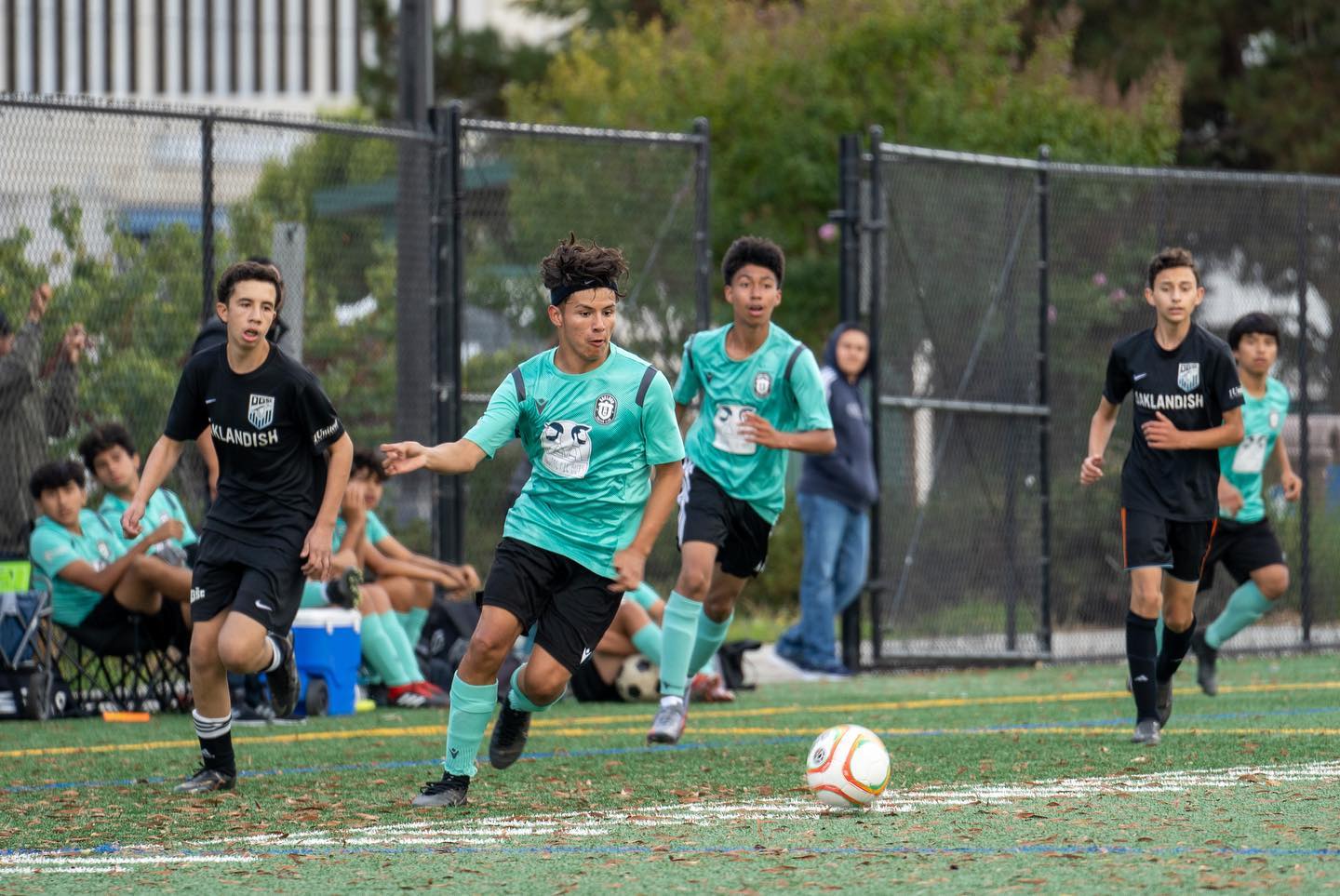
Where mental health information and access to care is scarce, coaches may be a trusted resource for children and teens.

In low-income areas of Los Angeles without supermarkets, small stores are learning to profitably sell healthy foods their customers can afford.

Ramona Gardens residents decided years ago that their health was not a luxury, and they are pushing for what they deserve.

California cities have the least urban tree canopy in the U.S. A Los Angeles housing project shows how residents can transform their environment — if they can get support.

Doctors, family and community all have a role in ensuring critical early treatment.

Black and Latino children are more likely to be hurt by harmful experiences that can lead to lifelong suffering.
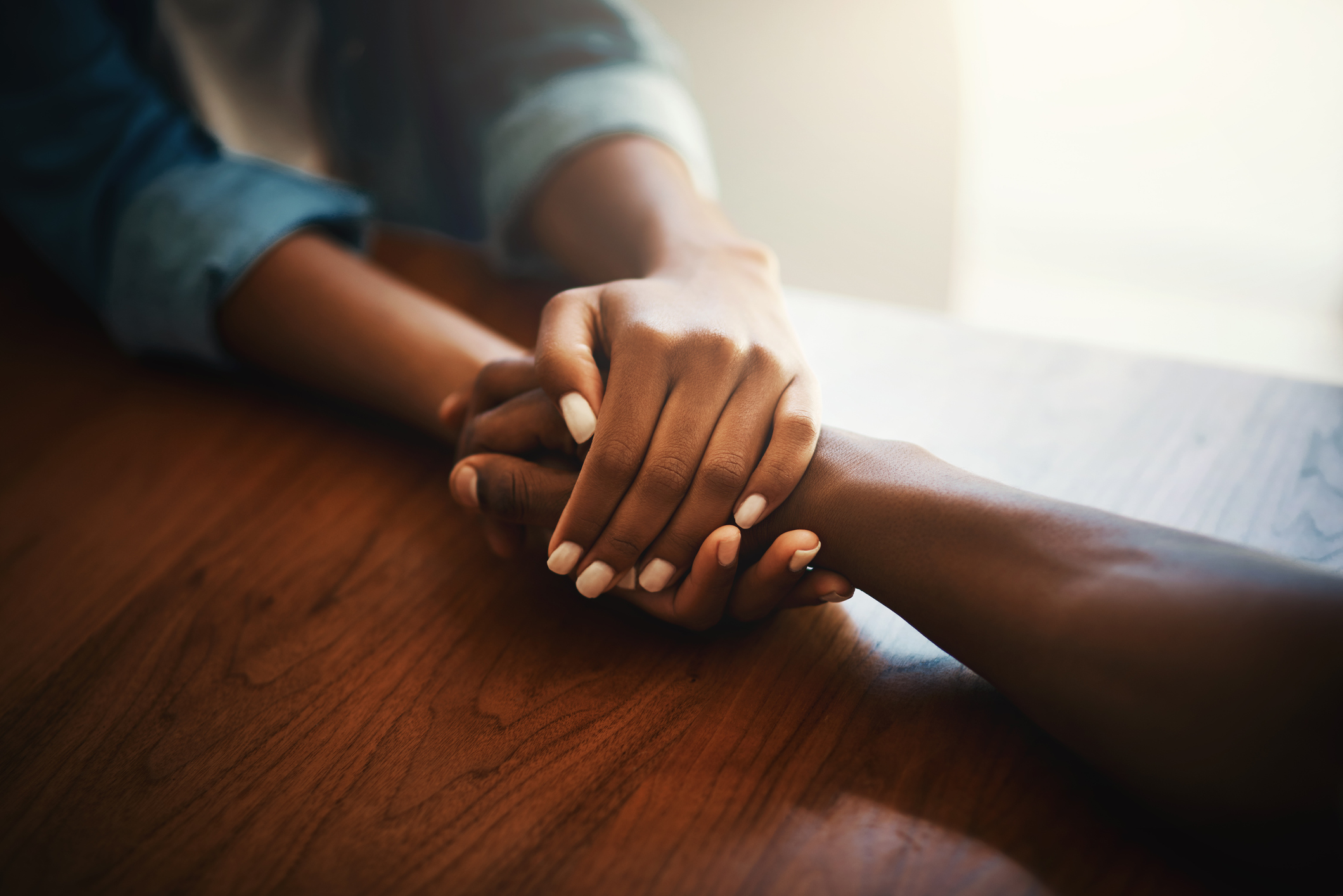
Support groups help manage the strain on caregivers in the epicenter of Alzheimer’s cases.
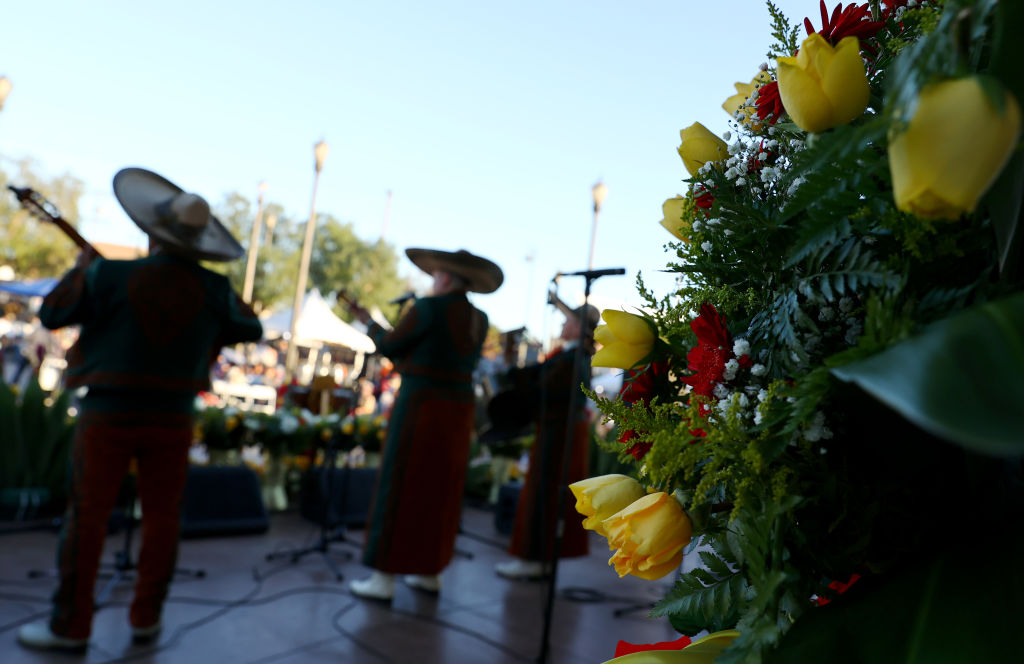
Everyone benefits when the folks who help other folks relax get their break.

Low-income neighborhoods are often dangerously hotter than wealthier areas. At “resilience hubs” there is shelter to survive, with programming for communities to thrive.

An innovative program for Medi-Cal patients demonstrates food, when prescribed, can change health outcomes. Why did the state Assembly derail it?

A new dental clinic takes on tooth decay and diabetes in California’s largest Native American community.

Community schools reduce health disparities by bringing medical, mental health, and wellness resources to the campuses students and families visit daily.

Ten years on, a law meant to help urban farmers feed hungry Californians continues to underperform.
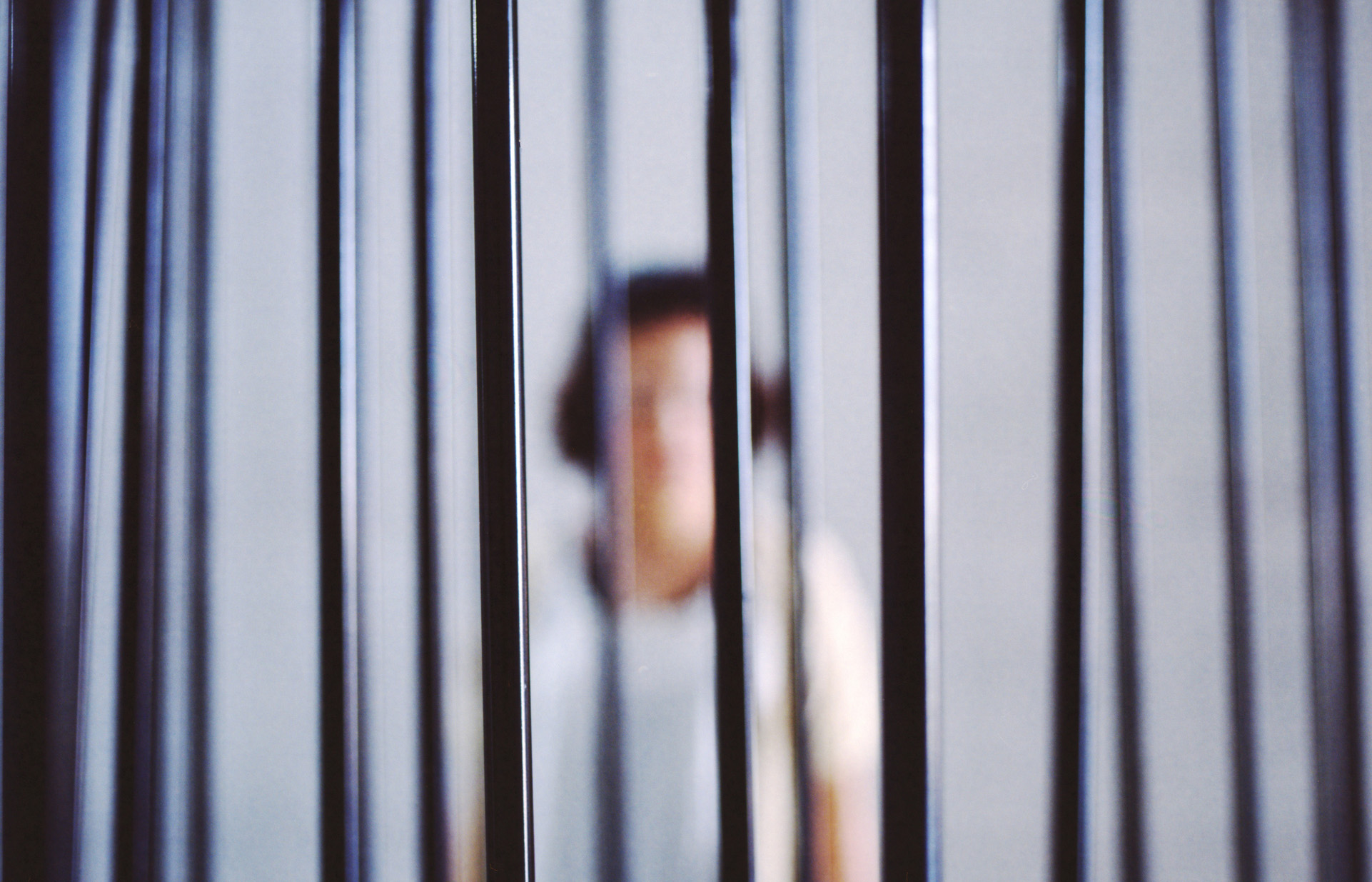
Can we learn to look at violence as an aspect of pain?

Can California make the most of a rare health care win?

We hate to break your bubble, but here’s the sweet, sticky truth about a popular Asian drink.

At Roosevelt High School in Los Angeles, an ambitious art project aims to get students thinking critically about food.

To deal with huge health care disparities, some Californians focus first on a single concept: equity.

A report from the front lines of California’s Black mental health crisis.

The pandemic continues to bring stress upon those in the state who can least afford it.

Taking the time to find out what California’s hurting immigrant children need.

Dying at higher rates during COVID, while fearing doctors won’t listen.
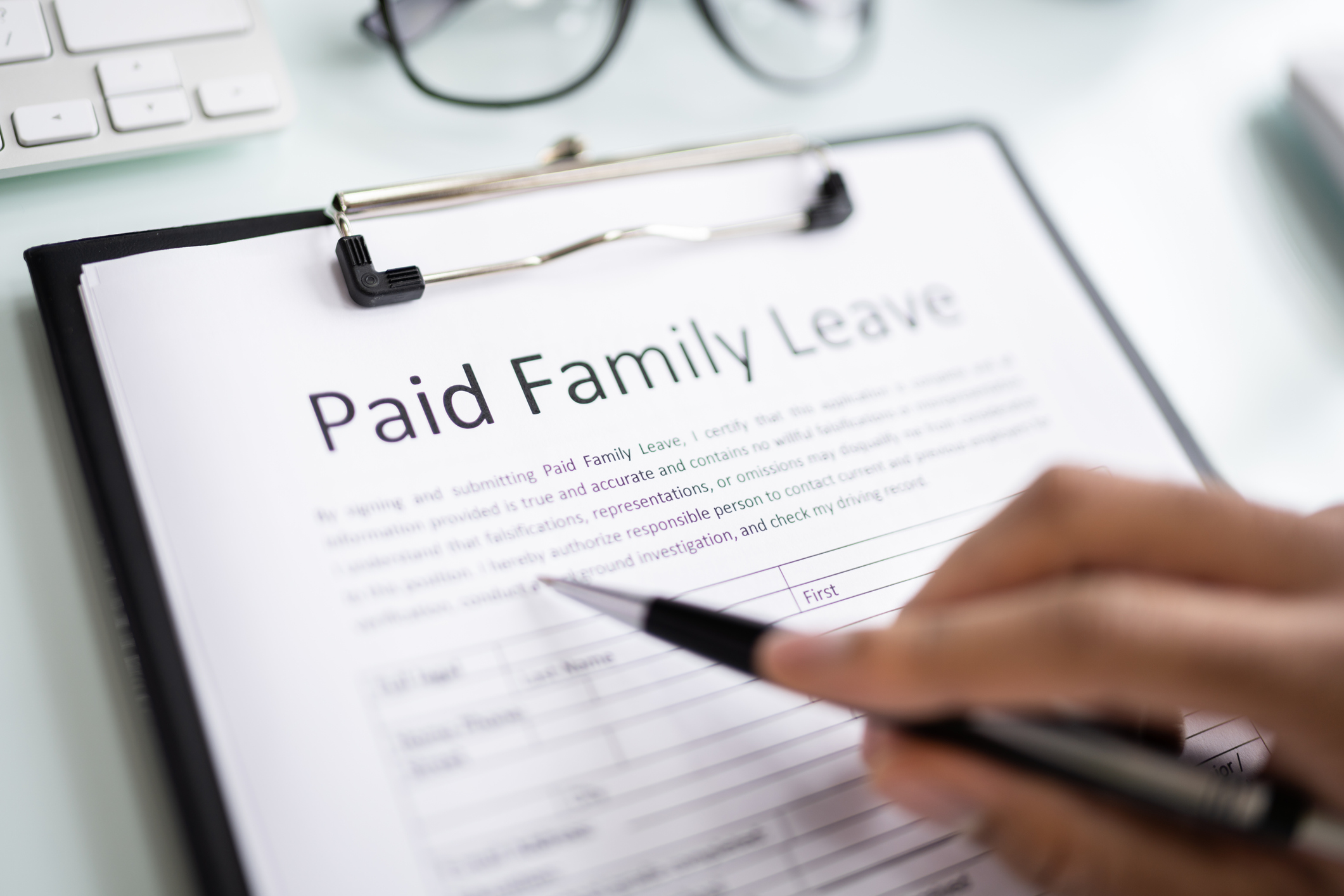
California must continue improvements to its leave policy, which is critical for the women, people of color and immigrants who comprise the majority of low-income workers.

The case for a federal diversity mandate in clinical trials.

Rising premiums and co-pays next year could destabilize many already struggling with inflation.
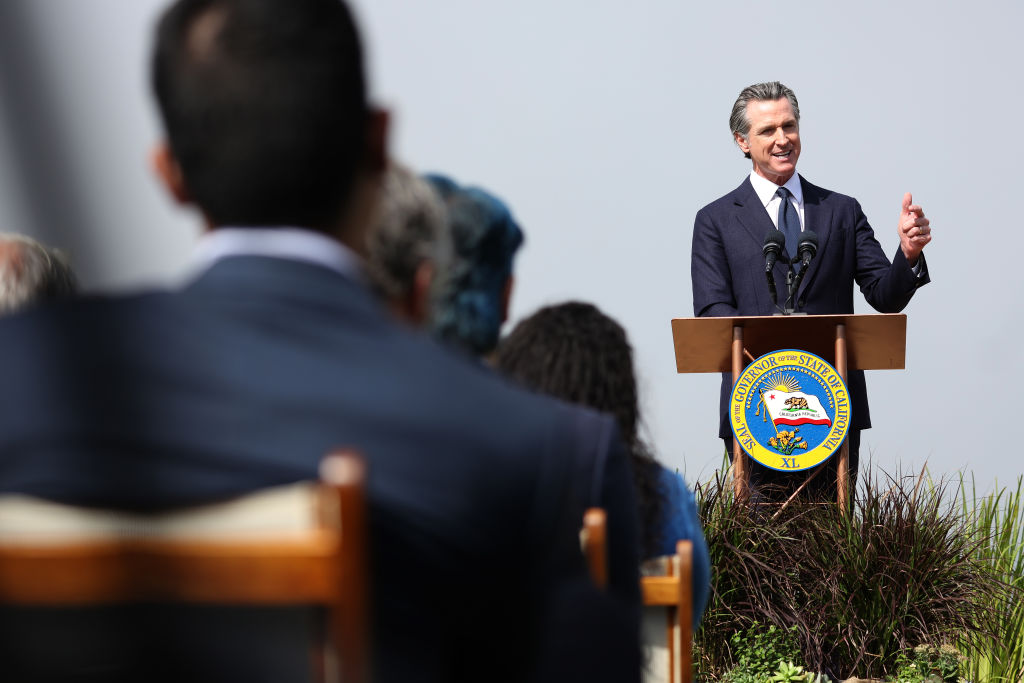
The governor may need his full second term to make real inroads toward ensuring that Californians have access to quality care.

Racism, not just poverty and access to care, makes Americans sicker.

Legislators struggle to make good intentions mean something in the face of lax enforcement.
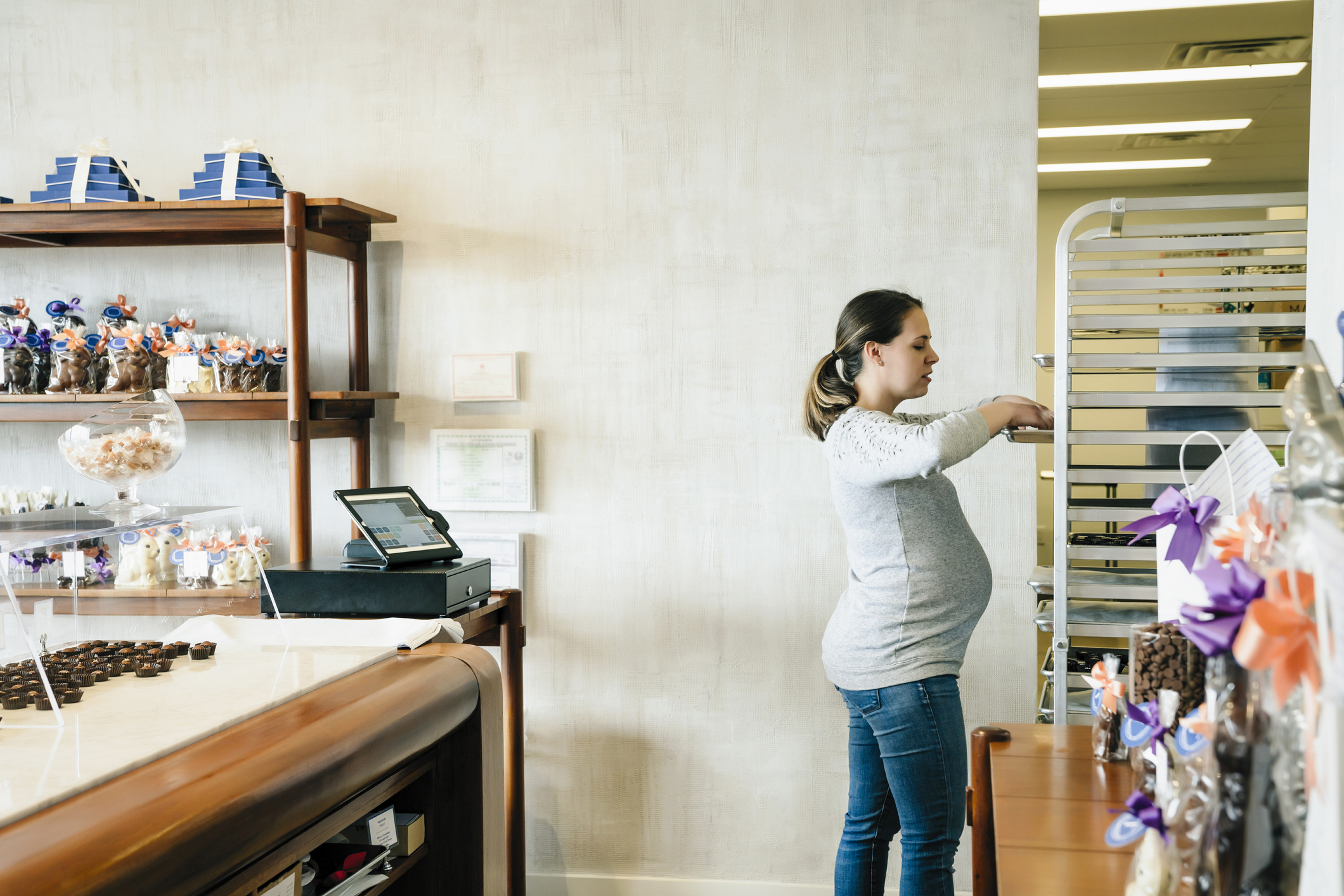
20 years after creating the country’s first paid family leave program, California ponders how to make it useful to those who need it most.

Using federal funds to shine a light on an intractable problem.
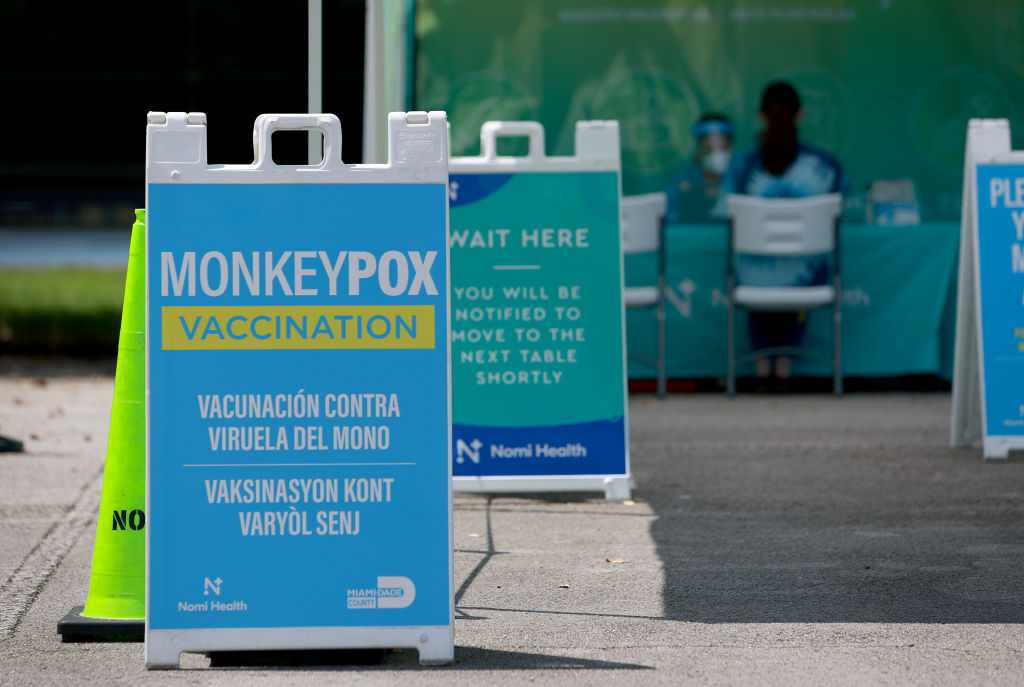
Critics say the lessons of COVID-19 have not been heeded in the U.S. response to the latest viral threat.

The shipment of materials from one toxic disaster to another has prompted outcry from activists and politicians alike.

In the Central Valley, poverty and an OB-GYN shortage put some mothers and children at risk.

While state coffers overflow, some California families must make hard choices about how they survive.

Medical professionals are tackling health care disparities affecting Black men by providing services at barbershops.

Franchises are increasingly hiring teens but may be doing so at the expense of their health and safety.
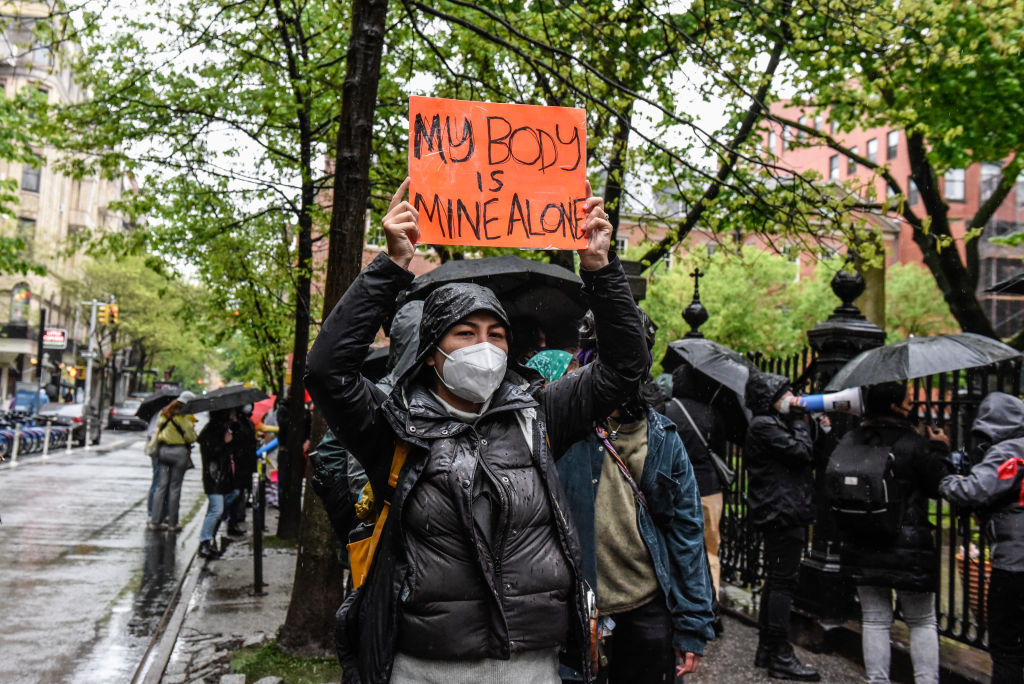
Striking down ‘Roe v. Wade’ will lead to further health inequities.

Community-based organizations on the front lines take the brunt of health and racial disparities. Will California do something about it?
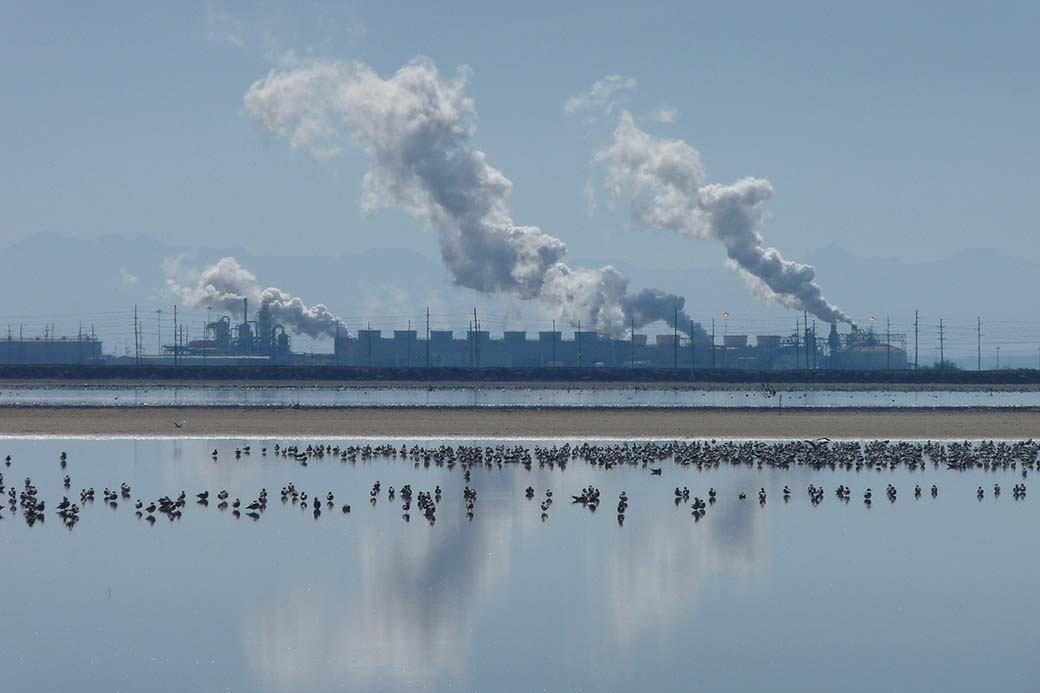
In one of the most polluted parts of the state, locals wonder who will benefit from California’s latest gold rush.

As L.A. County unveils the most ambitious ‘free money’ program to date, studies show they help participants regain control of their lives.
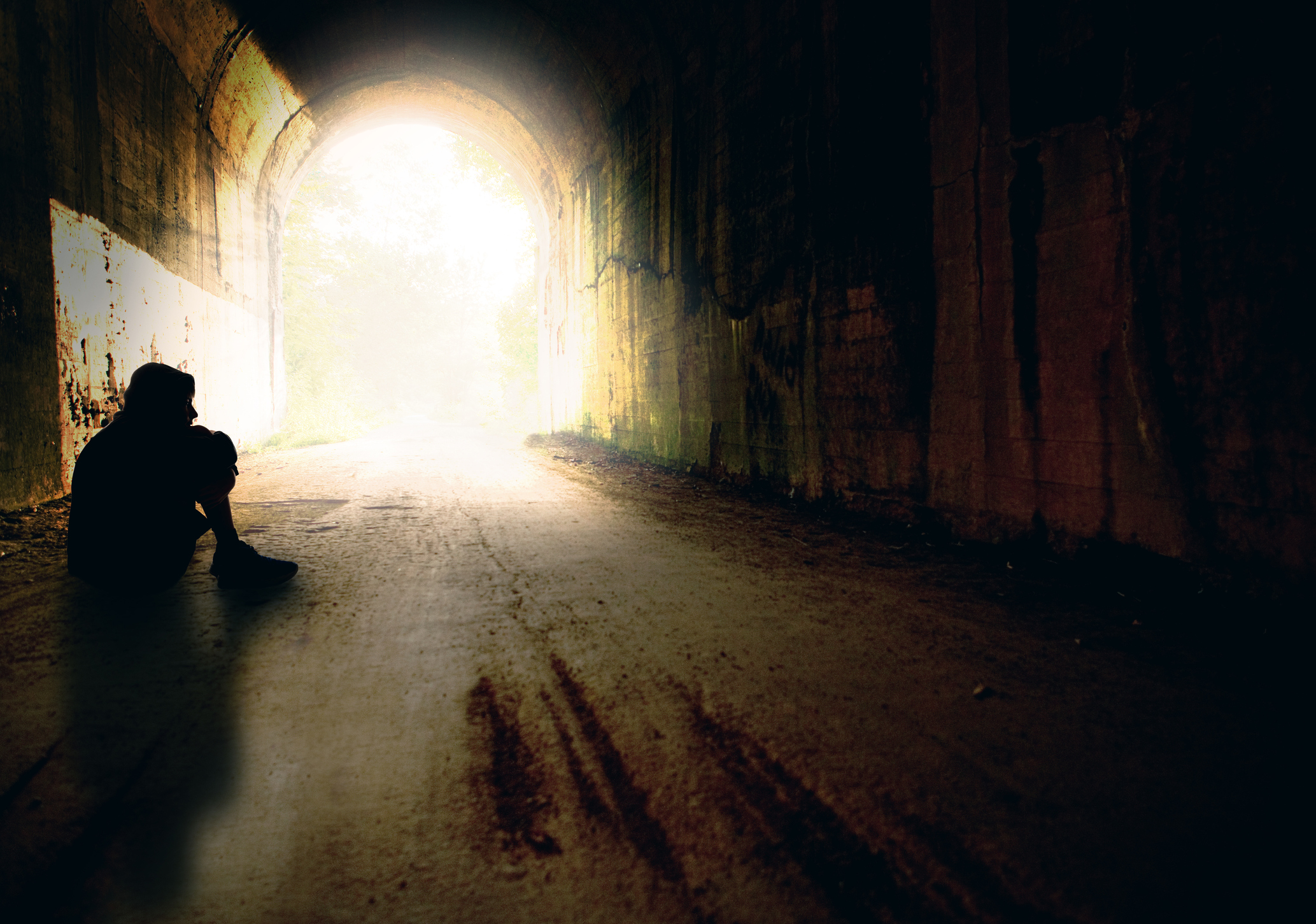
Counting those who don’t want to be seen, in order to keep them alive.

What are Gov. Newsom’s plans for protecting workers who have suffered disproportionately?
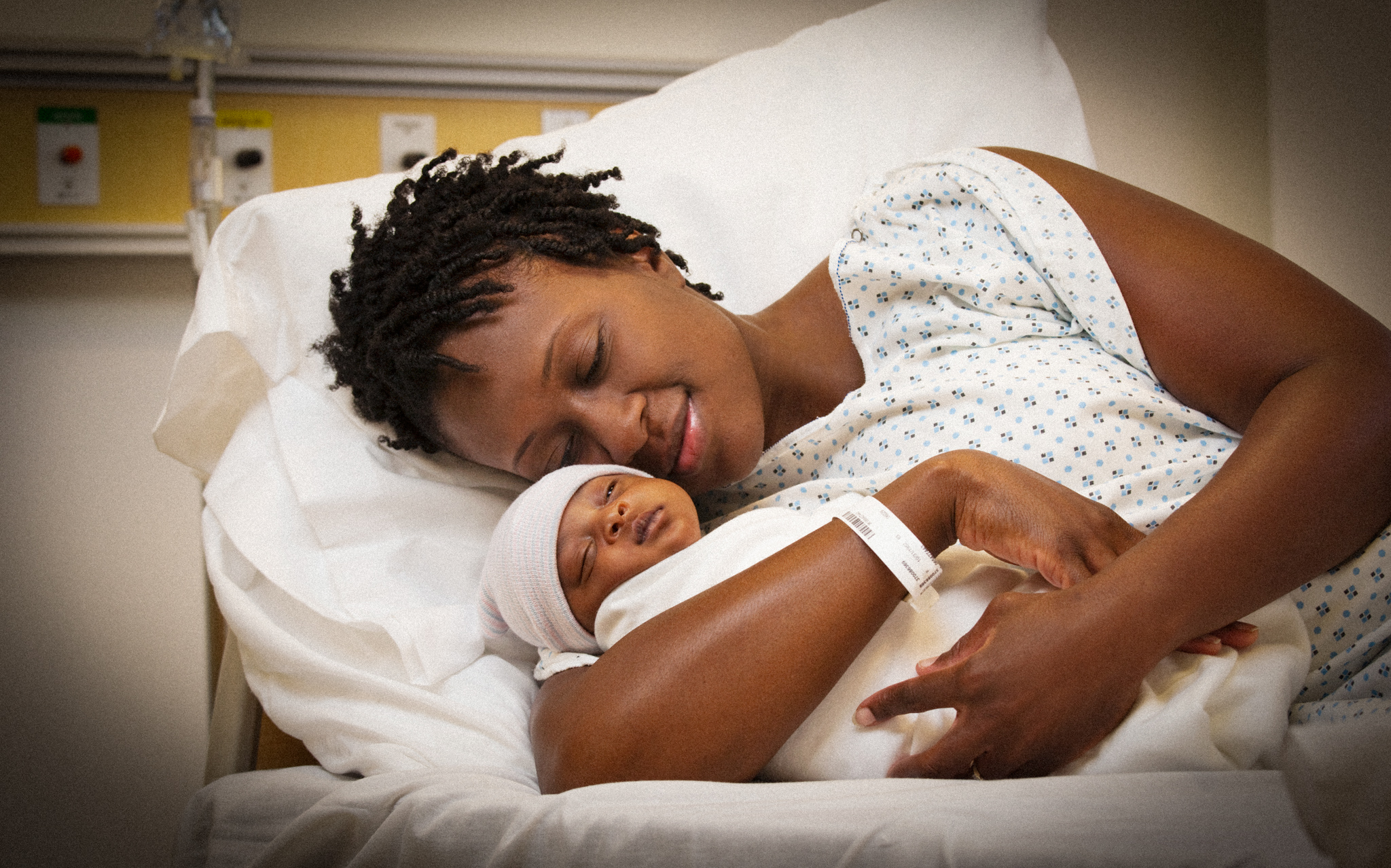
Discovering the root cause of high rates of Black maternal and infant mortality: racism.

Talking about racial disparities is easy — legislating is far harder, governments discover.